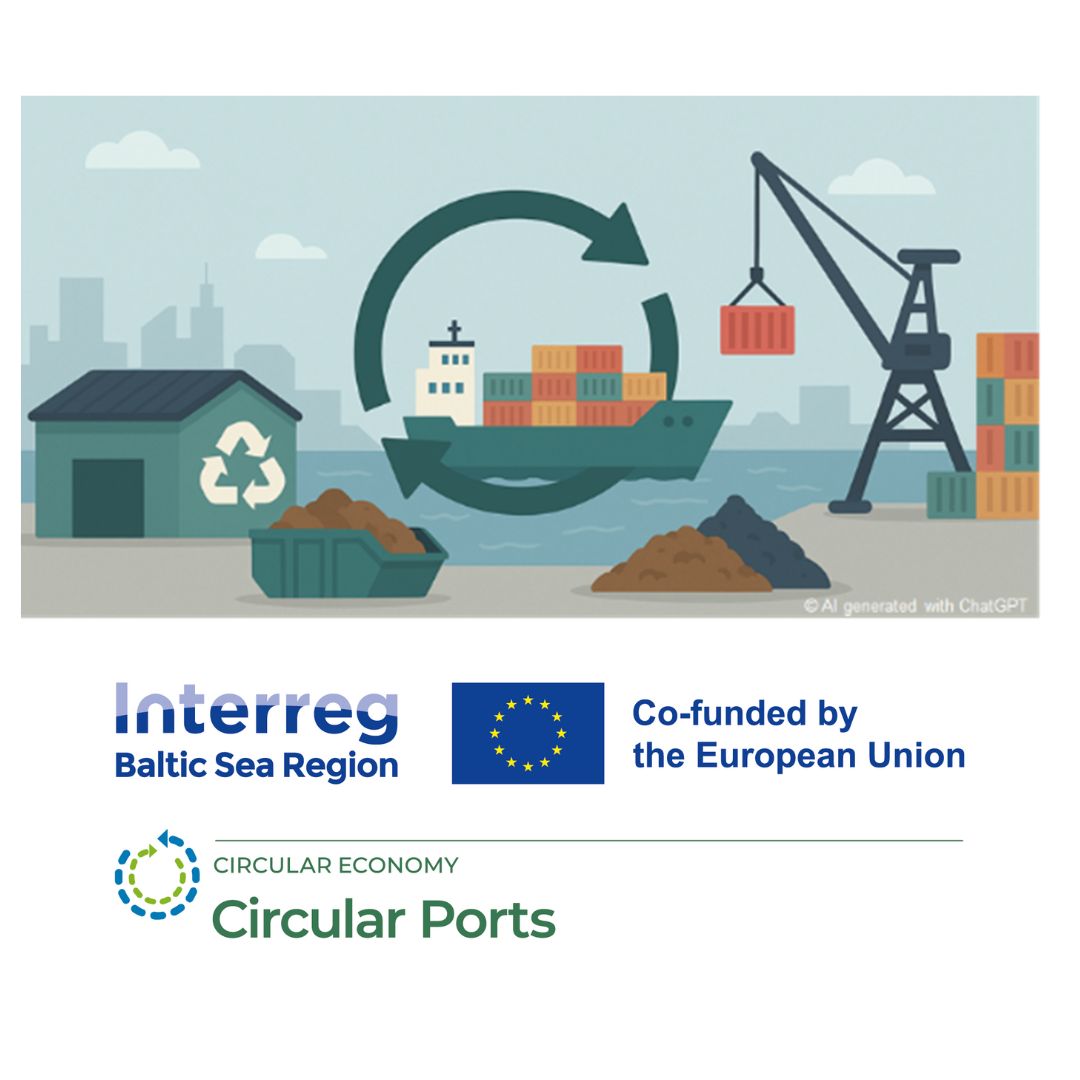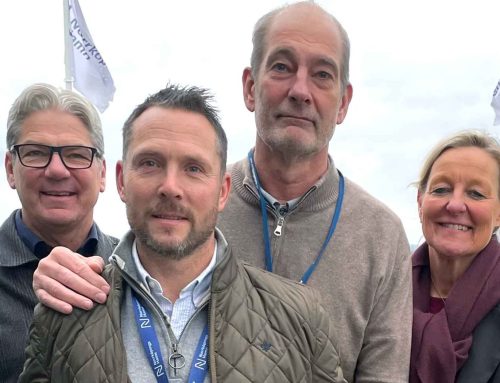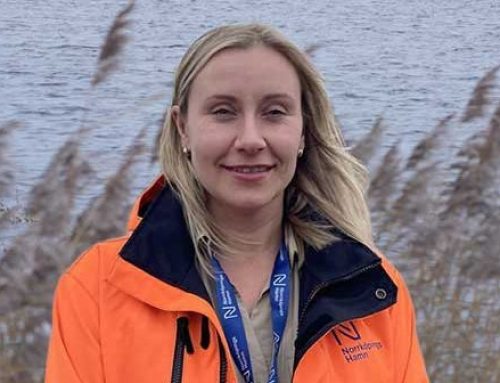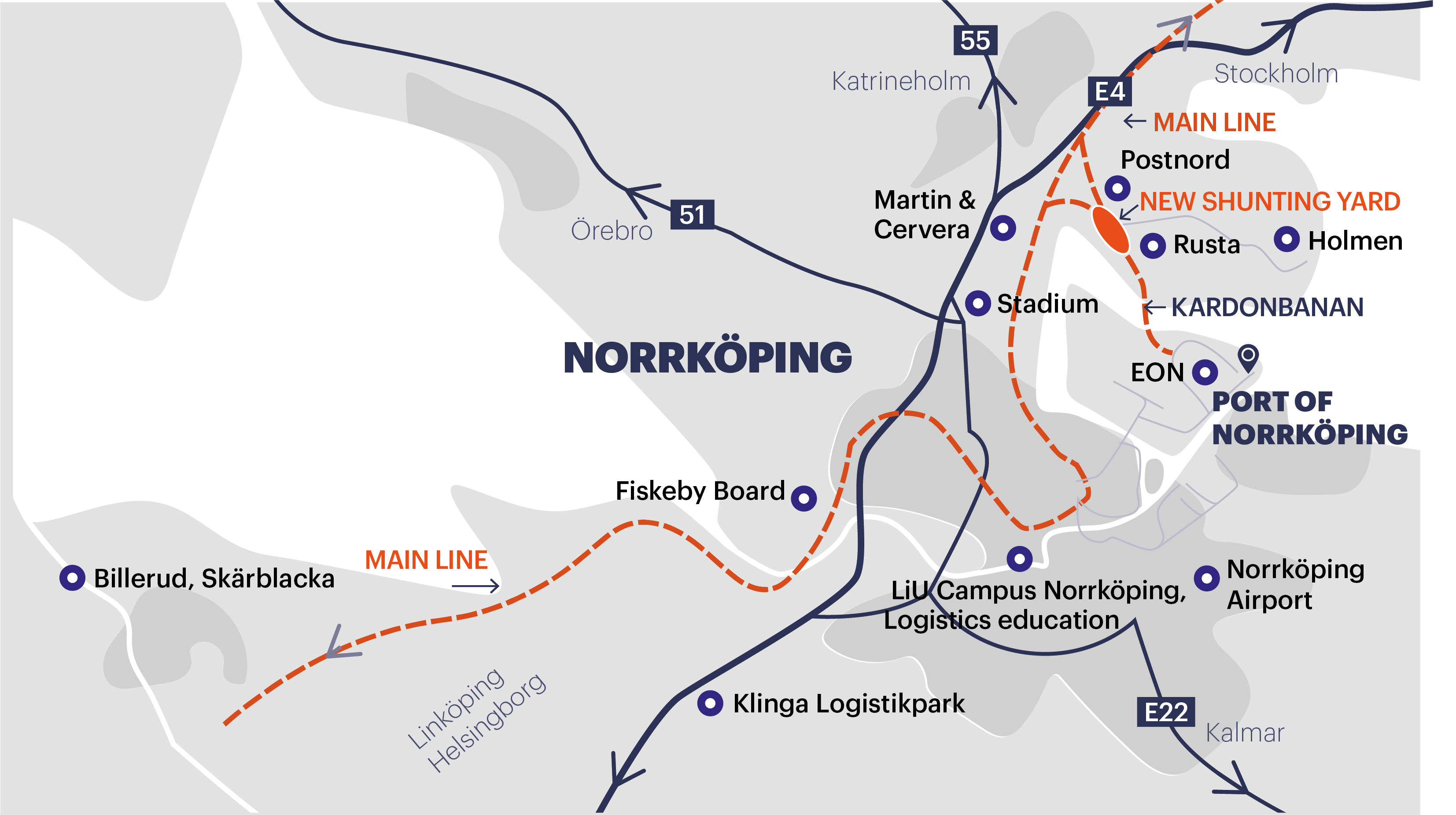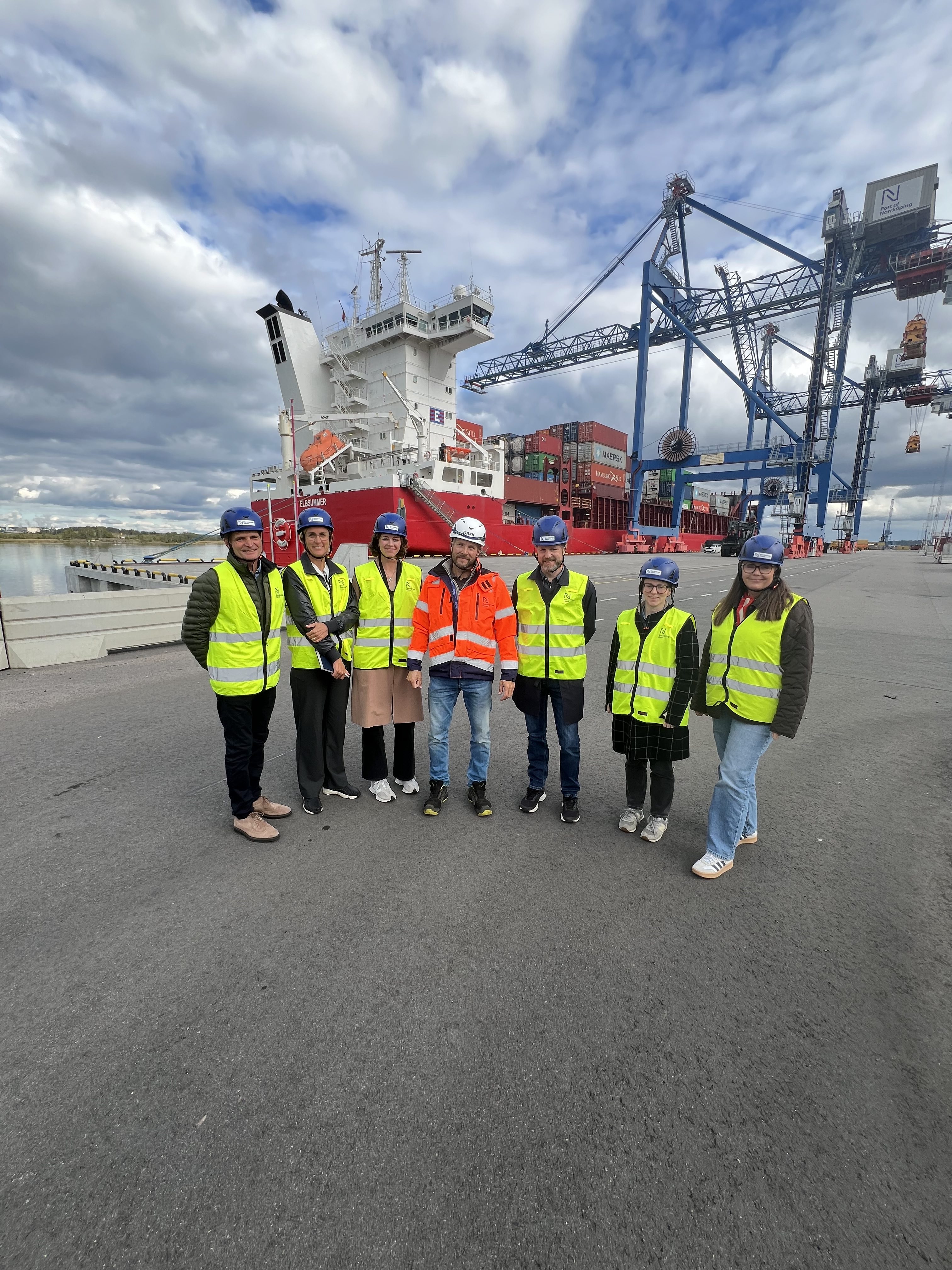
2025-10-03
It’s no secret that we need to think more circularly and use our resources smarter. As key hubs for goods, materials, and waste, ports can play a vital role in the transition towards a circular economy. Port of Norrköping is now taking part in Circular Ports – an EU-funded Interreg Baltic Sea Region project aimed at mapping waste flows in ports and finding new ways to utilize resources that are currently being lost.
Over the next three years, Port of Norrköping will work together with 18 partners such as the ports of Hamburg, Tallinn, and Aalborg to analyze material flows, test new ideas, and inspire circular solutions. The project’s goal is to show how ports can become drivers of change — transforming waste into valuable resources.
“As a port, we are right in the middle of the flows of goods, materials, and waste. That gives us a unique perspective on both the challenges and the opportunities. Circular Ports helps us think more circularly — how we can reduce residual flows and reuse resources,”
says Daniel Andersson, Environmental Manager at Port of Norrköping.
During a recent project visit to Norrköping from Swedish partners RISE and VTI, Daniel guided the group through local material flows. External actors also participated, sharing examples and future perspectives.
“On Händelö, we’ve seen how industrial symbiosis can work in practice — where what was once waste becomes a resource for someone else. Our role is to inspire others with our successful collaboration here and to connect different actors,”
says Ian Hamilton from Heip, Händelö Industrial Eco Park.
However, circular solutions also bring new challenges. As more materials are reused or recycled, the number of transport flows increases.
“The more we recycle, the more we need to transport. That’s why we must develop transport systems that can handle growing volumes without increasing emissions. It’s one of the major challenges ahead,”
says Per Lindahl from Logistikia.
Running from 2025 to 2028, the Circular Ports project brings together ports, research institutes, municipalities, and companies from across the Baltic Sea Region. Together, they aim to create scalable solutions that inspire others to adopt circular practices.
“Circular Ports is not just a research project — it’s an opportunity to build new partnerships between ports, municipalities, businesses, and academia. Together, we can develop models that can be used throughout the Baltic Sea region,”
says Vendela Santén from RISE.
For Port of Norrköping, the project is an important step in strengthening our role in the green transition. There are no simple answers yet — but every step forward counts.
🔗 Learn more about the Circular Ports project here
